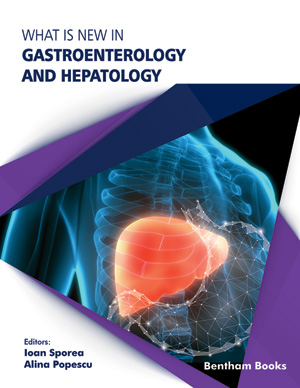Abstract
Endoscopic ultrasound (EUS) has revolutionized the management of peripancreatic fluid collections (PFCs). In the last decades, new treatment strategies have been widely approached and recommended, by shifting from surgical interventions to minimally invasive modalities such as EUS-guided drainage. PFCs complicate the evolution of acute or chronic pancreatitis, traumas or surgical interventions. It is generally accepted, among scientific community, that PFCs may be managed conservatory in the first 4-6 weeks and that delayed intervention is currently preferred over early intervention in order to decrease morbidity and mortality. PFCs may be drained using different endoscopic approaches: transpapillary/transductal, transmural or in selected cases by a combination between both. Nowadays, transmural drainage by stents insertions under EUS-guidance represents the mainstay technique used in the management of pseudocysts or WONs. There are two types of stents: plastic stents and metal stents. Double-pigtail plastic stents are generally used to drain pseudocysts with mostly fluid content. Innovative stents, namely lumen-apposing covered self-expanding metal stents (LAMS) have been developed to simplify the procedure from a technical point of view. In addition, LAMS are preferred in drainage of WONs because of their large diameter which allows direct endoscopic necrosectomy by passing the endoscope through the stent lumen. In conclusion, EUS-drainage by placement of stents is currently the best option for the management of PFCs in terms of safety and efficacy.
Keywords: Drainage, Endoscopic ultrasound, Metal stents, Plastic stents, Pseudocyst, Walled-off necroses.






















